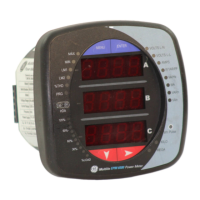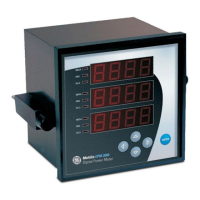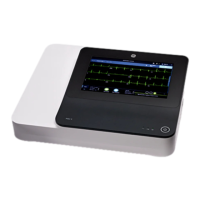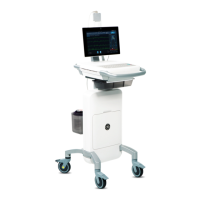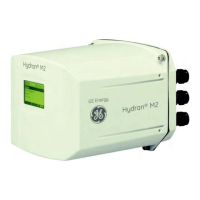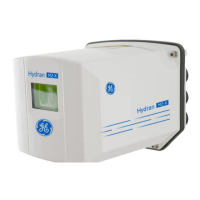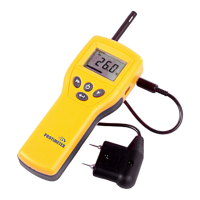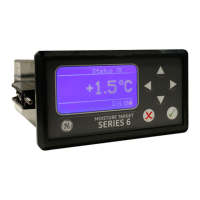PQM POWER QUALITY METER – INSTRUCTION MANUAL 7–1
PQM Power Quality Meter
Chapter 7: Modbus
Communications
GE Consumer & Industrial
Multilin
STATUS COMMUNICATE RELAYS
VALUE
MESSAGE
ACTUAL
SETPOINT
RESET
STORE
SIMULATION
ALARM
SELF TEST
PROGRAM
TX2
TX1
RX2
RX1
AUX2
ALARM
AUX3
AUX1
PQM Power Quality Meter
g
Ia = 100 Ib = 102
Ic = 100 AMPS
Modbus Communicat ions
7.1 Overview
7.1.1 Modbus
Protocol
The GE Multilin PQM implements a subset of the AEG Modicon Modbus RTU serial
communication standard. Many popular programmable controllers support this protocol
directly with a suitable interface card allowing direct connection of the PQM. Although the
Modbus protocol is hardware independent, the PQM interface uses 2-wire RS485 and 9-pin
RS232 interfaces. Modbus is a single-master multiple-slave protocol suitable for a
multi-drop configuration provided by RS485 hardware. In this configuration, up to 32
slaves can be daisy-chained together on a single communication channel.
The PQM is always a Modbus slave; it cannot be programmed as a Modbus master.
Computers or PLCs are commonly programmed as masters. The Modbus protocol exists in
two versions: Remote Terminal Unit (RTU, binary) and ASCII. Only the RTU version is
supported by the PQM. Monitoring, programming and control functions are possible using
read and write register commands.
7.1.2 Electrical
Interface
The electrical interface is 2-wire RS485 and 9-pin RS232. In a 2-wire RS485 link, data flow is
bi-directional and half duplex. That is, data is never transmitted and received at the same
time. RS485 lines should be connected in a daisy-chain configuration (avoid star
connections) with a terminating network installed at each end of the link, i.e. at the master
end and the slave farthest from the master. The terminating network should consist of a
120 Ω resistor in series with a 1 nF ceramic capacitor when used with Belden 9841 RS485
wire. The value of the terminating resistors should be equal to the characteristic
impedance of the line. This is approximately 120 Ω for standard #22 AWG twisted-pair
wire. Shielded wire should always be used to minimize noise. Polarity is important in RS485
communications: each '+' terminal of every device must be connected together for the
system to operate. See Section 2.2.9: RS485 Serial Ports on page –19 for details on serial
port wiring.
Courtesy of NationalSwitchgear.com
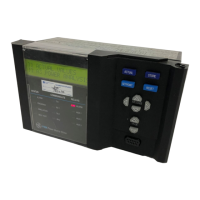
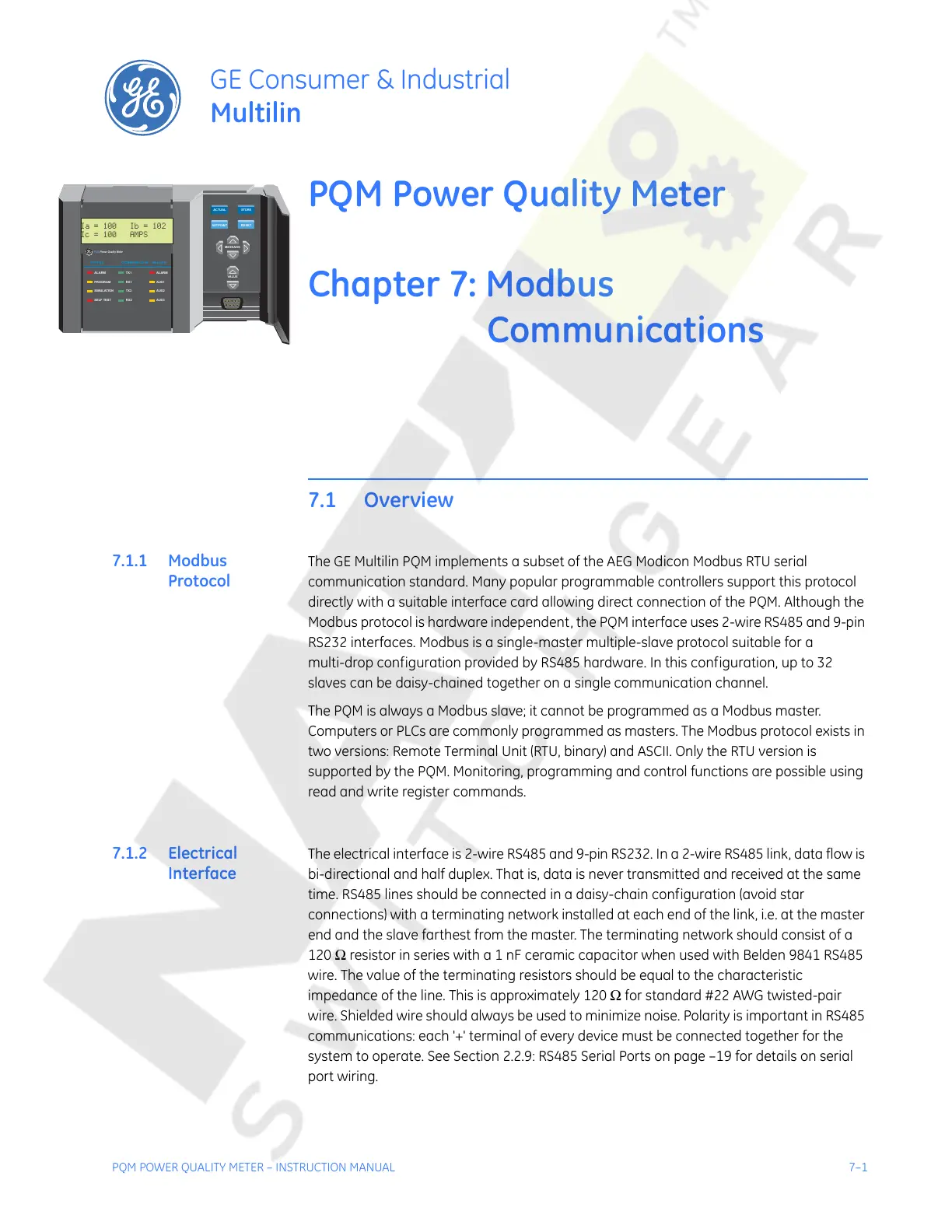